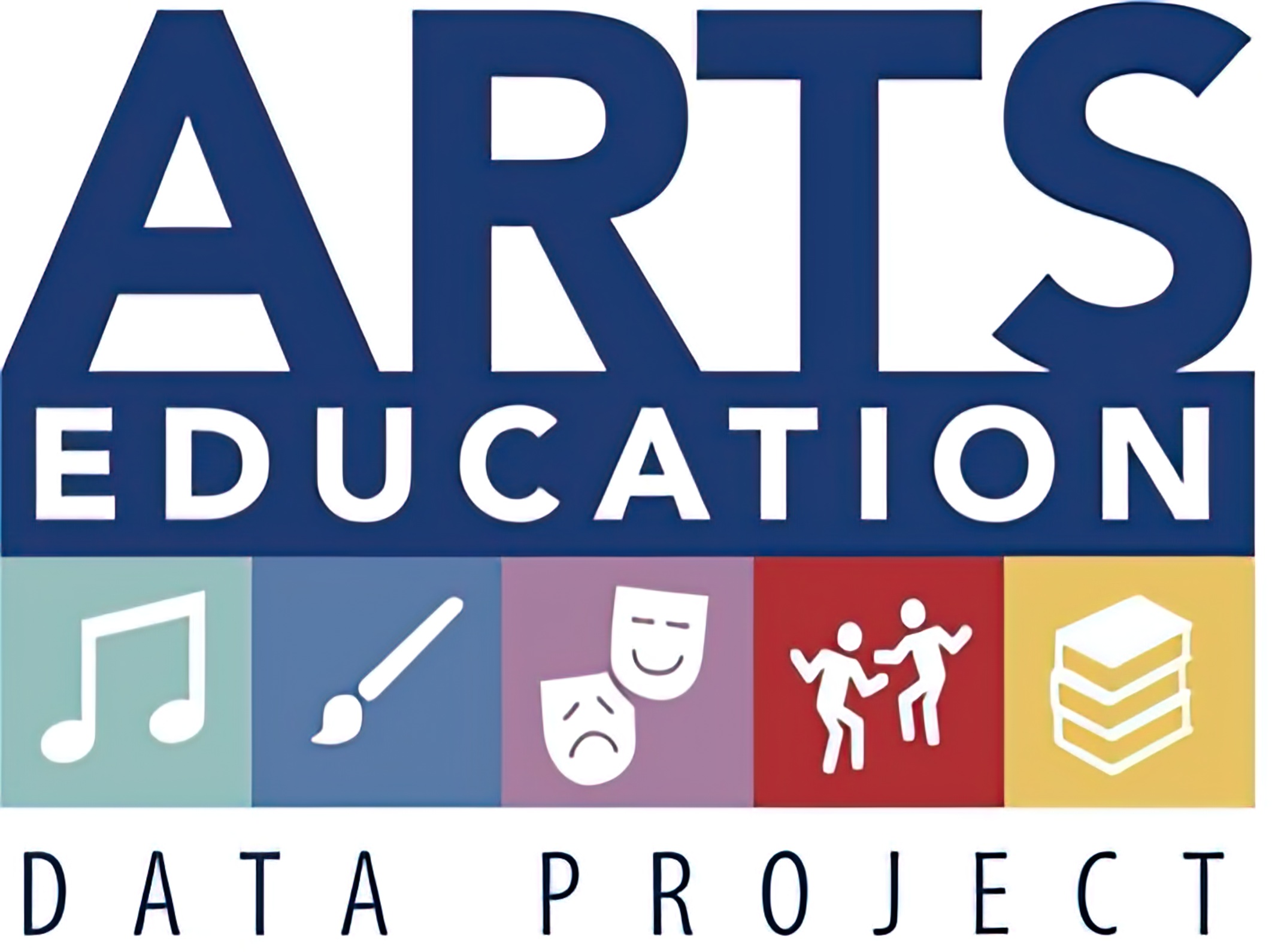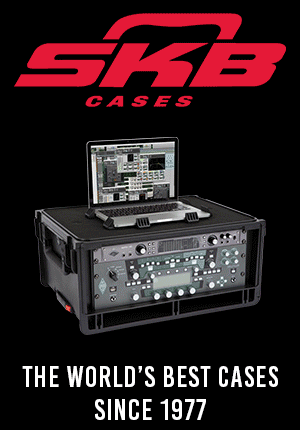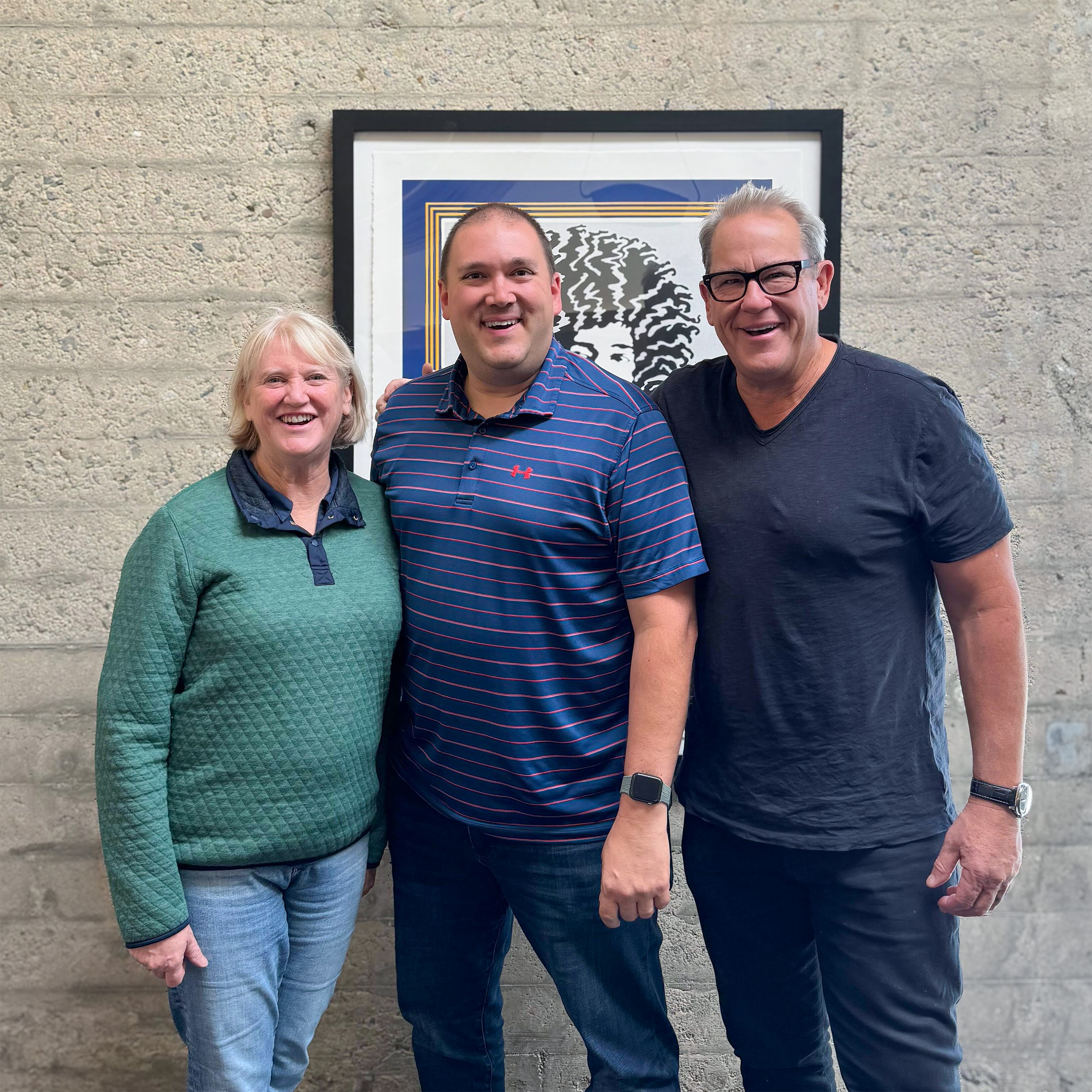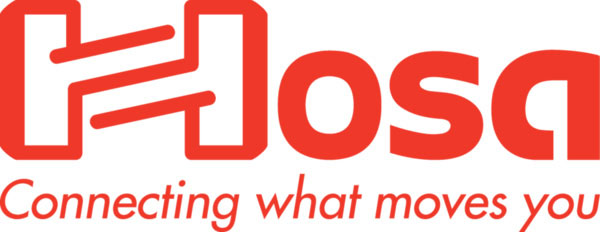September 19, 2022 I Technology
AEDP Study Finds Millions of U.S. Students Still Denied Access to Music Ed

Despite significant progress made in recent years to keep music and arts in U.S. public schools, millions of U.S. public school students still do not have access to these programs, according to recent findings by The Arts Education Data Project (AEDP). The AEDP provided the first-ever review of the status and condition of music and arts education in U.S. public schools based on large-scale student participation data.
A joint effort between State Education Agency Directors of Arts Education and its longtime partner, Quadrant Research, the AEDP studied actual student participation data reported by school districts to their state education departments data from the 2019 school year. The result is the National Arts Education Status Report Summary 2019, a comprehensive look at access to and participation in arts education in public schools in the United States.
The report’s release coincided with NAMM Music Education Advocacy Hill Day on September 14, when members and arts education advocates joined the industry association in Washington, D.C., to carry a message of support for music education to Members of Congress and their legislative aides.
The new AEDP report revealed that, while 92 percent of students in U.S. public schools have access to music education in school, some 3,609,698 of students don’t have that same opportunity. In addition, some 2,095,538 students don’t have access to any arts education, which are defined as dance, music, theatre or visual arts.
The new data also reveal that a disproportionate number of public-school students without access to music and arts education are concentrated in schools in major urban communities, have the highest percentage of students eligible for free/reduced price meals, and are either majority Black, Hispanic or Native American. In addition, many of these students without music and arts education attend public charter schools.
To advance access and equity for all students, federal education law as defined by the federal Every Student Succeeds Act (ESSA) recognizes music and the arts as part of a well-rounded education.
Contrary to reports of a decline in the number of music and arts programs, the AEDP report confirmed that music and arts education is widely accessible to students across the various grade spans, with participation at its highest in elementary schools because many states require participation at this level.
Music and visual art are the arts disciplines most available to students and therefore have the most significant participation. Most schools, about 80 percent, offer two or more of the arts disciplines.
“Equity in education determines whether students can learn and grow with music and arts,” said Robert Morrison, CEO of Quadrant Research. “Before our new AEDP report, we had no large-scale national-level visibility into the actual status and condition of music and arts education in U.S. public schools. For the first time, we have a clear picture and can provide advocates, administrators, parents and policymakers with critical data to improve student access where it’s needed.”
More than 120 state agencies, arts councils, advocacy organizations, funders and professional arts education associations were involved in this collective impact work.
The information in the AEDP report is from 30,633 schools in 7,015 districts from 17 states, representing 18 million students or 36 percent of the total public school student population in the United States for the 2018/2019 school year. States included are Arizona, Arkansas, California, Delaware, Georgia, Iowa, Massachusetts, Minnesota, New Hampshire, New Jersey, New York, North Carolina, Ohio, Oklahoma, Rhode Island, Tennessee and Wisconsin.
National funding for the Arts Education Data Project has been provided by the CMA Foundation, The Music Man Foundation, The NAMM Foundation, William and Flora Hewlett Foundation, and the Ohio Arts Council. In addition, various state agencies and state-based philanthropic organizations have provided individual state funding.













